How to increase the efficiency of a photovoltaic installation?
Practical tips for optimizing the operation of solar panels and maximizing energy yields...
Read moreThe principle of photovoltaic cells
Photovoltaics is a technology that enables the direct conversion of solar radiation into electricity. This process takes place in photovoltaic cells, which are the basic element of solar panels.
The operation of photovoltaic cells is based on a physical phenomenon called the photovoltaic effect, discovered by Alexandre Becquerel in 1839. This phenomenon involves the generation of electric voltage in semiconductor materials under the influence of solar radiation.
A typical photovoltaic cell consists of two layers of semiconductor (usually silicon):
At the junction of these layers, a so-called p-n junction is formed, which is crucial for the cell's operation. When photons (light particles) hit the cell, they knock electrons out of the semiconductor atoms, creating electron-hole pairs. The electric field at the p-n junction causes electrons to move toward the n-layer and holes toward the p-layer, thus generating electric current.
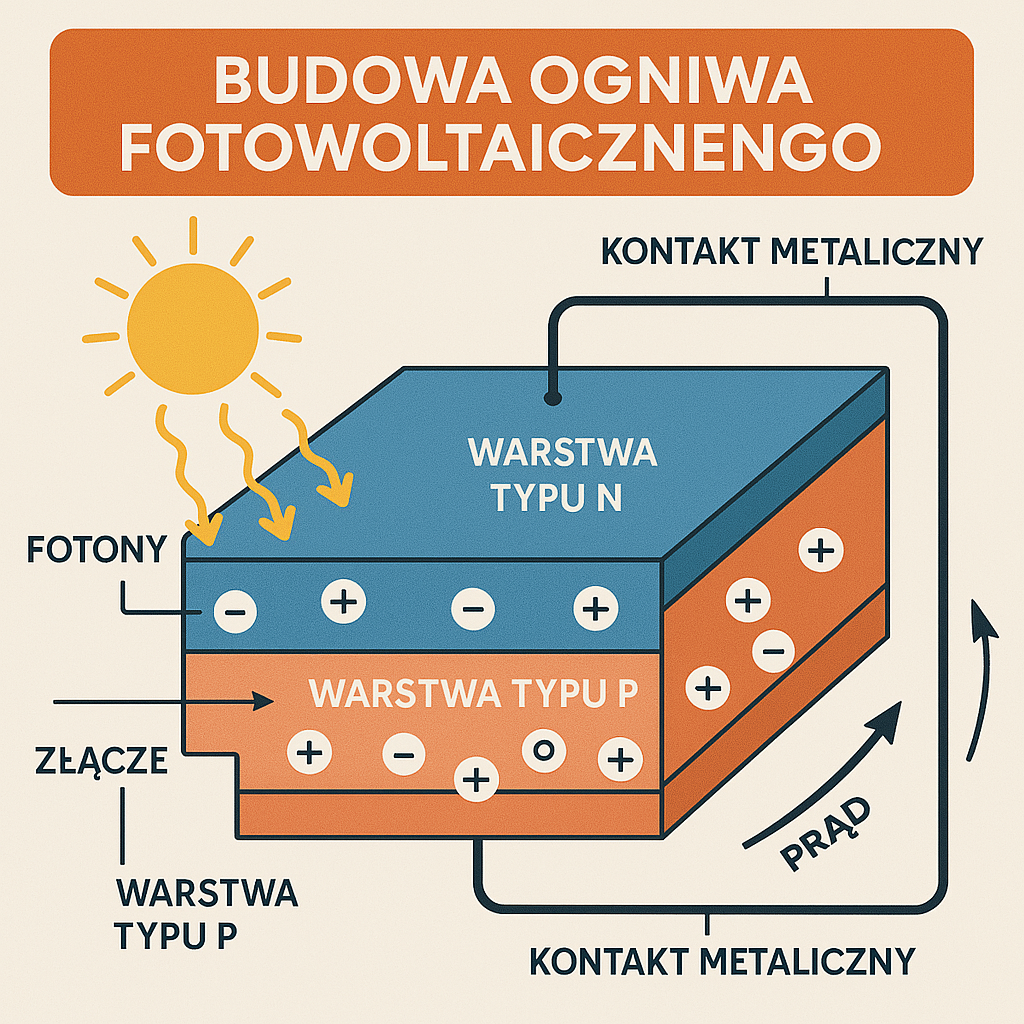
Learn about different solar panel manufacturing technologies
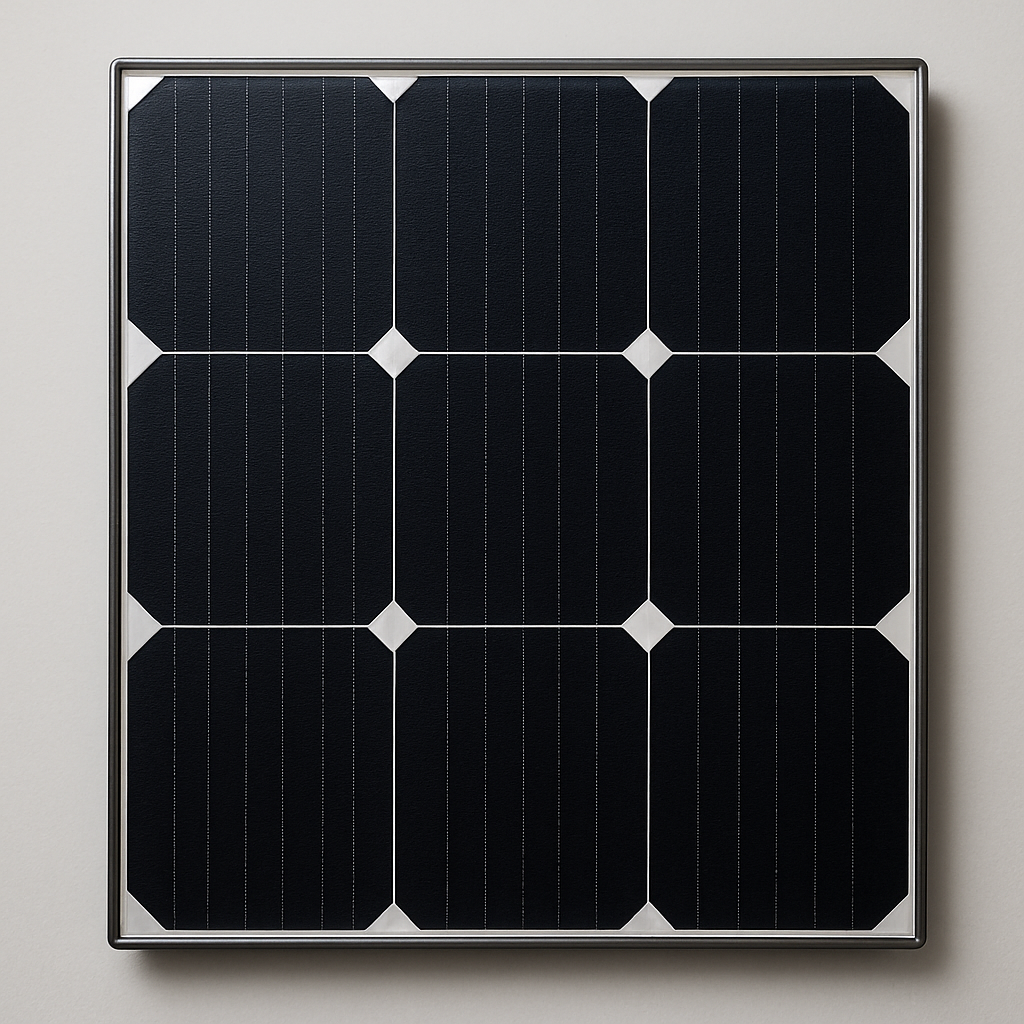
Efficiency: 18-22%
Advantages: Highest efficiency, long lifespan, good performance at high temperatures
Disadvantages: Higher price, larger carbon footprint during production
Monocrystalline cells are made from a single high-purity silicon crystal. They are characterized by a uniform dark blue or black color and rounded corners.
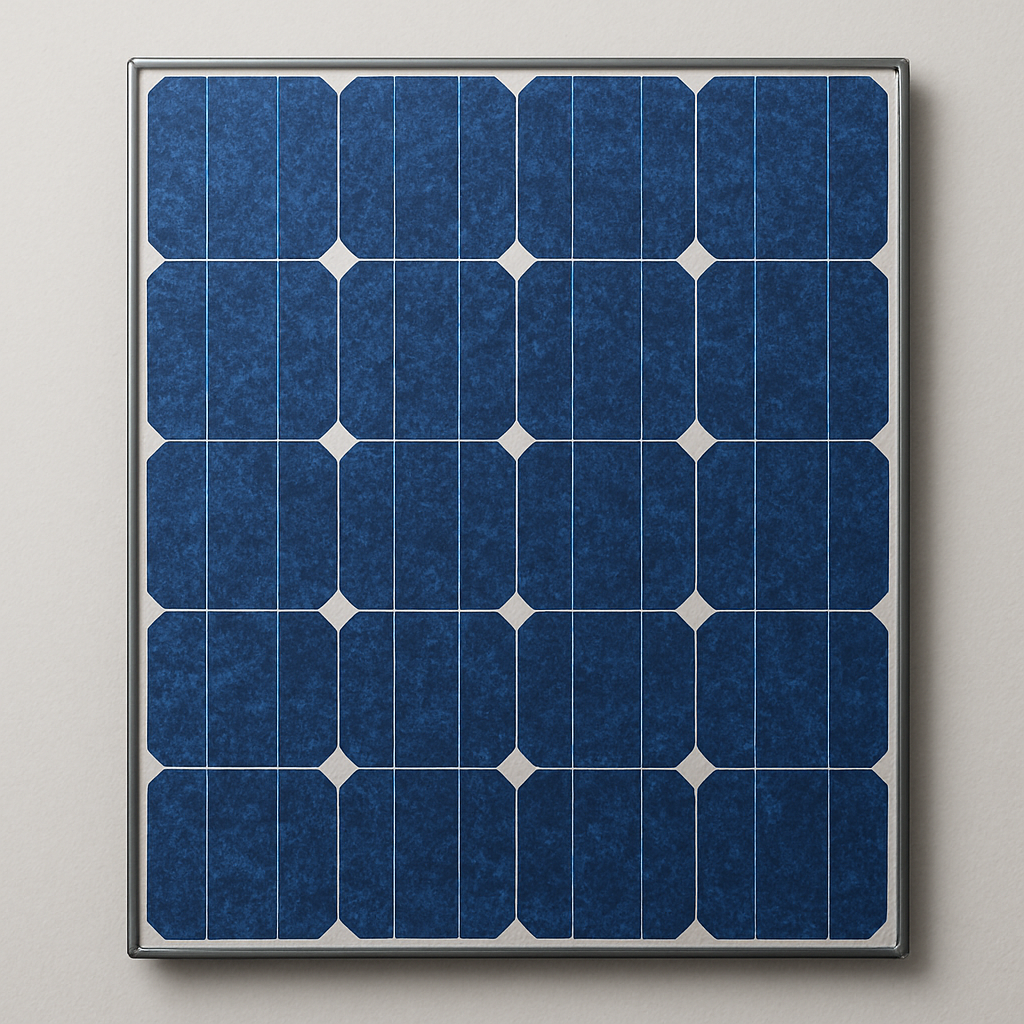
Efficiency: 15-17%
Advantages: Lower production cost, smaller carbon footprint
Disadvantages: Lower efficiency, especially at high temperatures
Polycrystalline cells are produced from multiple silicon crystals. They have a characteristic blue, shimmering appearance with visible crystals and a rectangular shape.
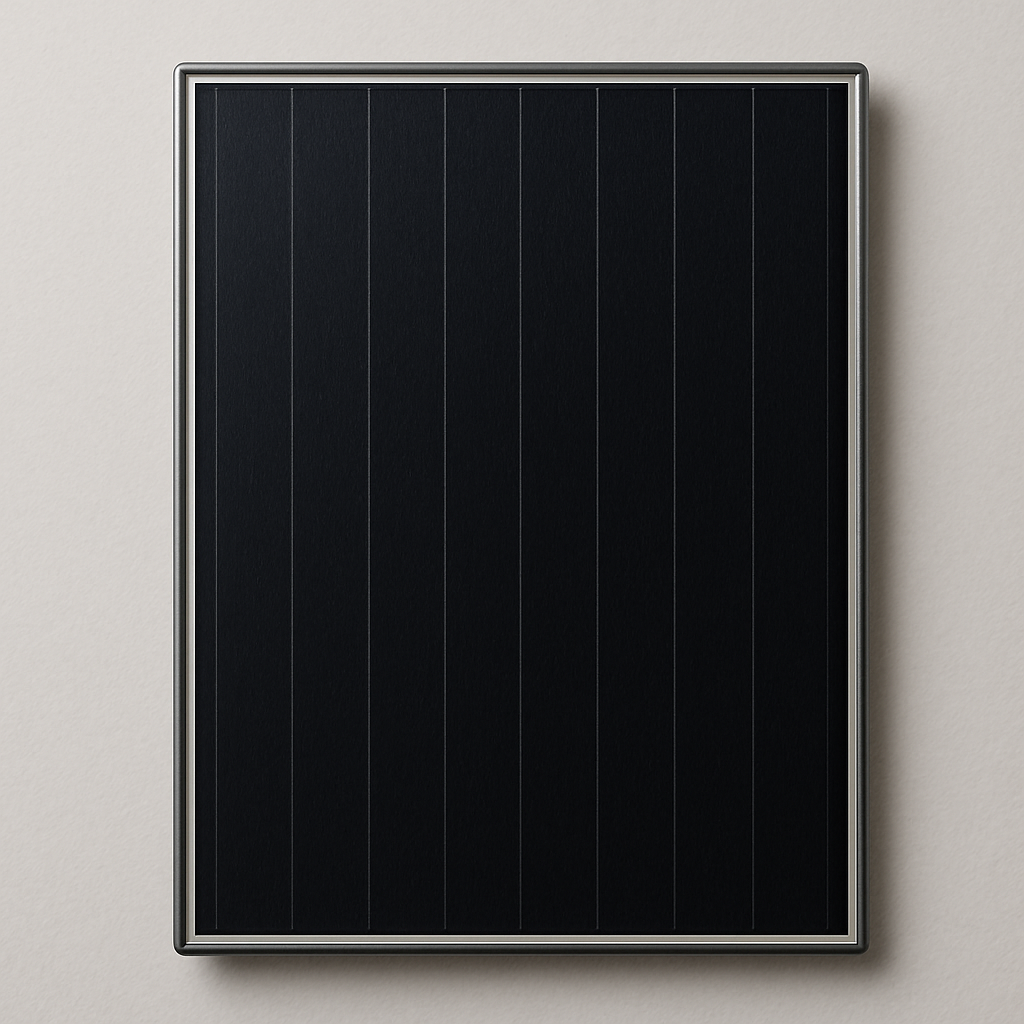
Efficiency: 10-13%
Advantages: Flexibility, lightweight, good performance in low light and high temperatures
Disadvantages: Lower efficiency, larger installation area required
Thin-film cells are made by applying very thin layers of semiconductor material onto a substrate. The main types are: amorphous silicon (a-Si), cadmium telluride (CdTe), and copper indium gallium selenide (CIGS).
What makes up a complete photovoltaic installation
The main element of the installation, responsible for converting solar energy into direct current (DC). Panels consist of interconnected photovoltaic cells, enclosed in an aluminum frame and covered with tempered glass.
A device that converts the DC current generated by the panels into alternating current (AC) used in home electrical systems. The inverter also monitors the system's operation and can provide energy production data.
A structure that allows safe mounting of panels on the roof or ground. Usually made of aluminum or stainless steel, resistant to weather conditions.
Special solar cables, MC4 connectors, switchboards, surge and fire protection devices that ensure safe and efficient operation of the installation.
A device that measures the amount of energy drawn from the grid and the amount fed into the grid. An essential element of a grid-connected (on-grid) installation.
A battery system that allows you to store surplus energy produced and use it when the panels are not generating electricity (e.g., at night).
The latest technologies and development directions
Perovskites are a new class of materials that can revolutionize photovoltaics. Perovskite cells already achieve over 25% efficiency, and their production is cheaper and simpler than traditional silicon cells. Polish scientists are among the world leaders in research on this technology.
Combining different types of cells into multilayer structures (tandems) allows for better use of the solar spectrum. Silicon-perovskite tandems achieve over 29% efficiency and have the potential to exceed 30%.
Bifacial panels can absorb light from both sides, increasing their efficiency by 5-30% depending on installation conditions and ground reflectance.
BIPV technology allows the integration of photovoltaic cells with building elements - tiles, facades, windows, or railings. This way, panels become not only a source of energy but also an architectural element.
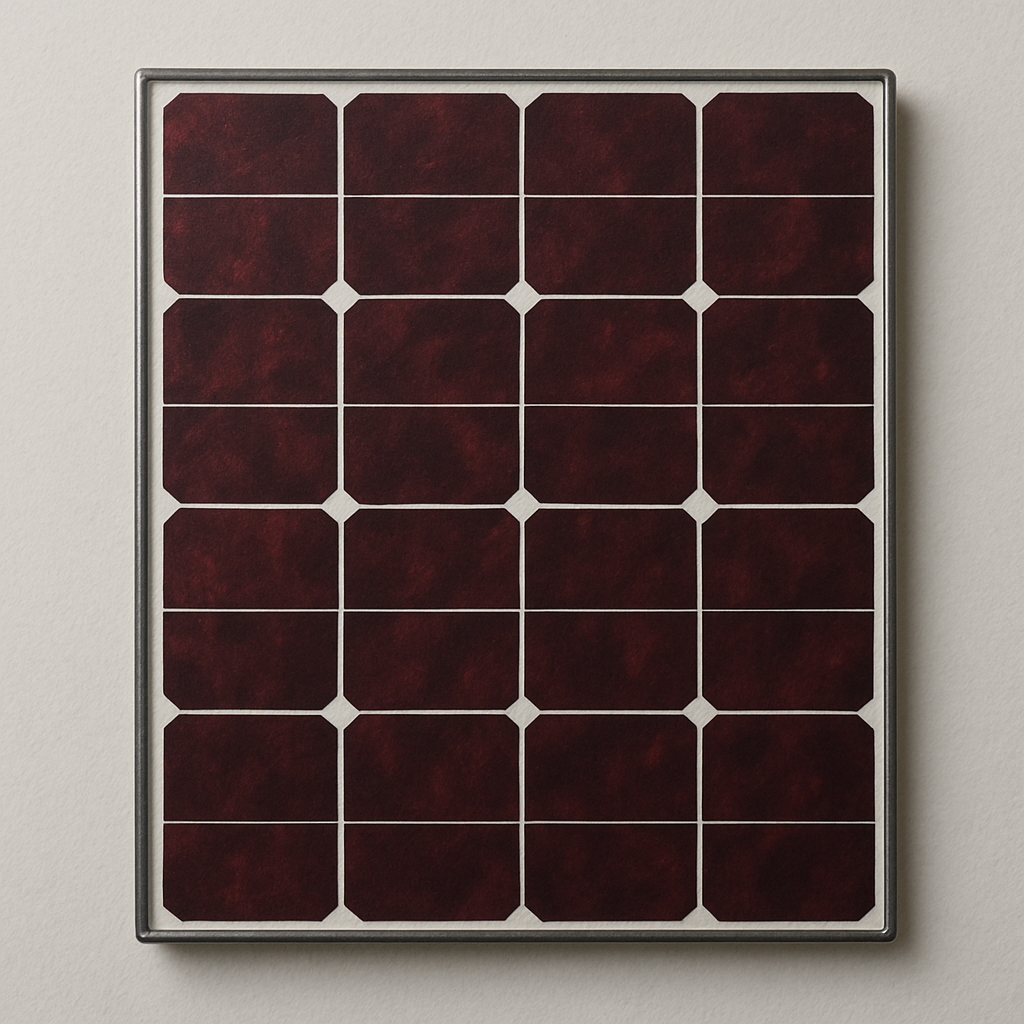
Answers to technical questions about photovoltaics
In Polish conditions, both monocrystalline and polycrystalline panels work well. Monocrystalline offer higher efficiency, which is important when roof space is limited. Polycrystalline are cheaper and may be a better choice for larger installations. In recent years, the prices of monocrystalline panels have dropped significantly, making them an increasingly cost-effective choice.
Yes, solar panels also work on cloudy days, although with lower efficiency. Modern cells can use diffused sunlight. On a cloudy day, energy production may drop to 10-25% of maximum efficiency. Remember that when designing an installation, average annual sunlight is taken into account, which includes both sunny and cloudy days.
A central inverter is a single device serving the entire photovoltaic installation. It is cheaper, but if part of the panels is shaded, the efficiency of the whole system drops.
Microinverters are installed with each panel separately, allowing each module to work independently. This way, shading of one panel does not affect the efficiency of the others. Microinverters also offer more precise monitoring of each panel's operation but are more expensive to purchase.
An alternative is power optimizers, which combine the advantages of both solutions - each panel has its own optimizer, but a central inverter is still needed.
Yes, solar panels also work in winter. Contrary to appearances, low temperature increases the efficiency of photovoltaic cells by reducing electrical resistance. The main limitation in winter is shorter days and potentially less sunlight.
Snow lying on the panels can limit energy production, but thanks to the dark surface and tilt of the panels, snow usually slides off quickly. In case of heavy snowfall, manual cleaning may be necessary.